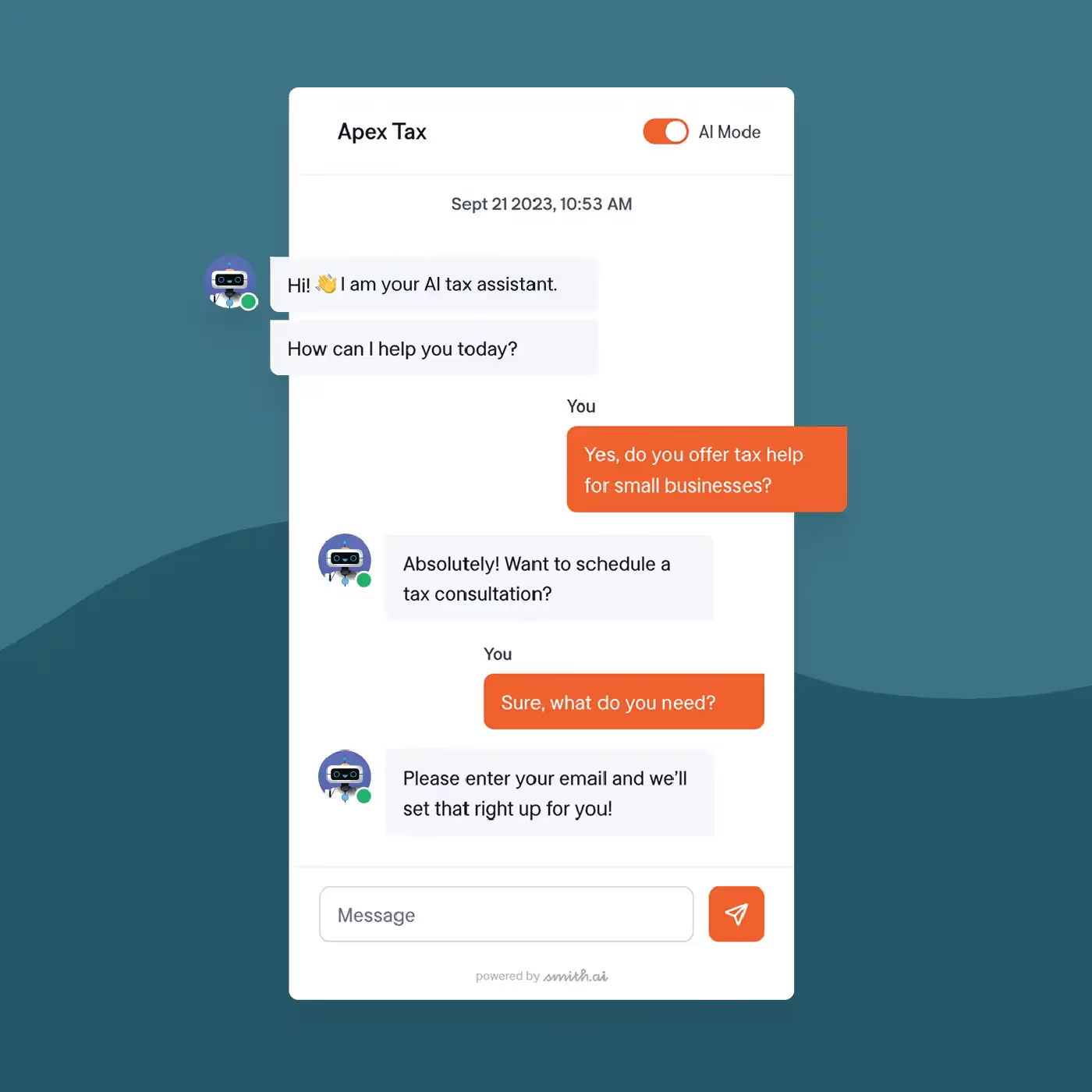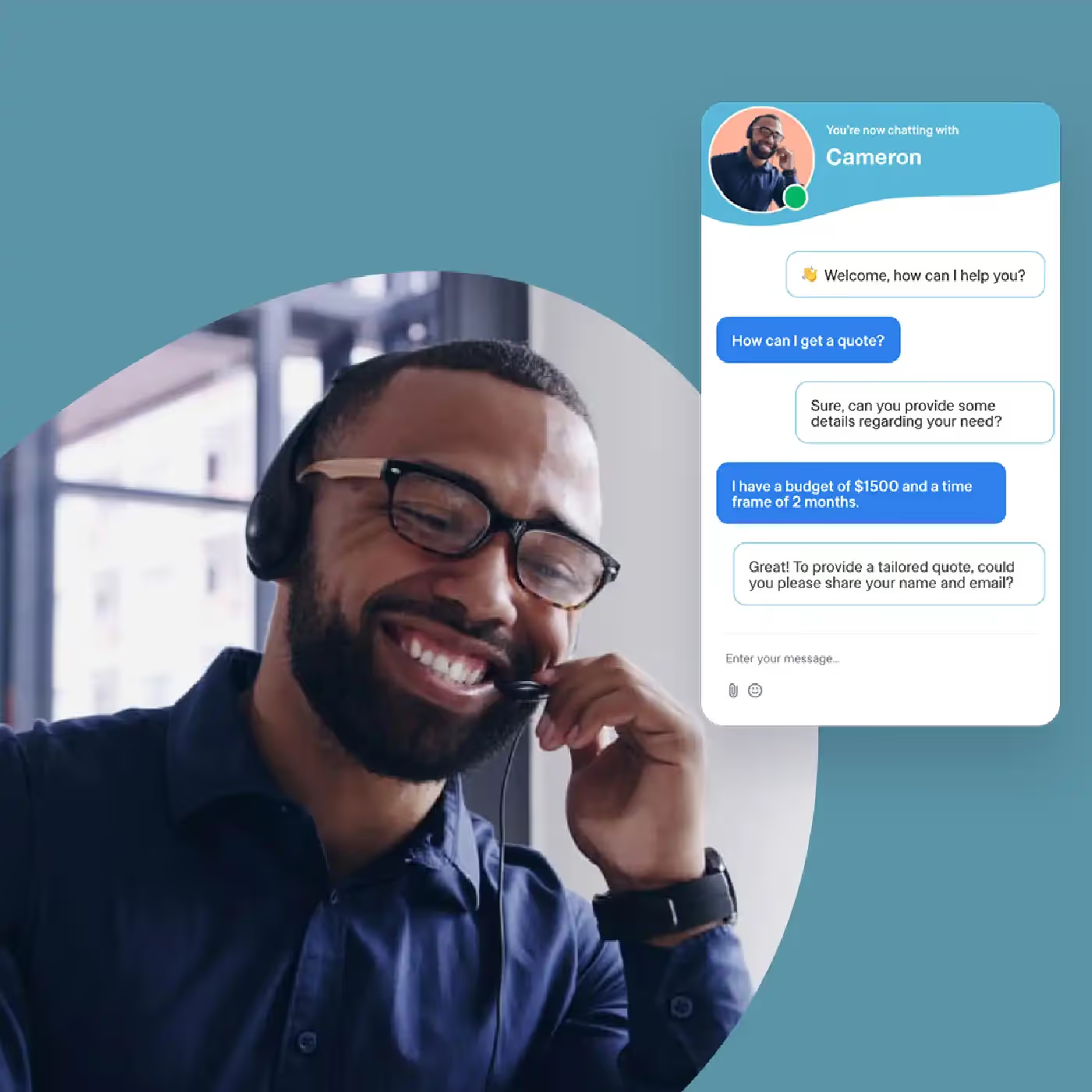Mastering Digital Customer Engagement: Strategies for Success
Mastering Digital Customer Engagement: Strategies for Success

Ever feel like you're shouting into the void with your marketing? Digital customer engagement changes that. It's all the ways you connect with customers online that actually make them feel seen and heard.
Remember when marketing was just businesses talking AT people? You can’t get away with that anymore. Now it's about having actual conversations with your audience. Helping solve real problems and not just pitching your best features.
Mapping the Digital Customer Engagement Journey
You know that feeling when you walk into a store and nobody acknowledges you exist? That's what a broken digital journey feels like to your customers. Understanding how people interact with your brand online helps you fix those awkward moments and implement effective customer engagement strategies.
To get this right, track every possible interaction:
- Discovery touchpoints: Social media, search engines, review sites, ads
- Consideration touchpoints: Website, blog content, product pages, comparison tools
- Purchase touchpoints: Checkout process, payment options, confirmation emails —a ll contributing to the overall e-commerce customer experience
- Service touchpoints: Customer support, help center, chatbots, knowledge base — ensuring exceptional digital customer service and effective client communication
- Loyalty touchpoints: Email newsletters, customer loyalty programs, social communities
Smart businesses don't wait for customers to complain before helping them. The real game-changer is shifting from reactive to proactive communication. It's like the difference between waiting for your spouse to tell you they're upset versus noticing they seem off and asking what's wrong.
When reviewing your customer journey, look for two things: where people give up and abandon ship, and where you could make their experience even better.
The Technology Stack Powering Digital Customer Engagement
Behind every seamless customer experience is a tech stack that would make most people's eyes glaze over. But understanding these tools is like knowing what's under your car's hood — you don't need to be a mechanic, but it helps to know the basics.
A good CRM system acts like your business's memory, keeping track of every customer interaction so you don't have to ask the same questions repeatedly (which drives customers nuts).
Automation and AI tools help you be personal at scale without working yourself into burnout. Those birthday emails didn't actually get sent one by one by an intern — that's automation working its magic.
AI-based call centers have become game changer for engagement. Tools like the AI Receptionist help make sure your business never misses a sales call, power conversational AI that handles simple questions at 3 AM, and spot patterns in customer behavior that human eyes might miss.
Creating a Data-Driven Digital Customer Engagement Strategy
Data is to customer engagement what salt is to cooking — use too little and everything's bland; use too much and you've ruined the meal.
When used right, data powers three things that make engagement work:
- Personalization: Analyzing what customers do helps you create experiences that feel made just for them. And it pays off — research shows that 57% of customers will actually spend more on a business that offers personalization.
- Prediction: Data helps you spot patterns so you can solve problems before customers even mention them. Like noticing someone always buys dog food monthly and sending a reminder when they're about to run out.
- Measurement: Data shows what's working and what's not, so you can double down on the winners and fix or drop the losers.
The privacy landscape is changing fast. With regulations tightening and third-party cookies going extinct, businesses need to focus on building trust and collecting data directly from customers who choose to share it. Understanding the nuances of owned vs shared data becomes critical in this landscape.
Gathering and Utilizing Customer Data for Digital Customer Engagement
With third-party cookies disappearing faster than donuts in a break room, businesses need new ways to understand customers. The focus now is on data people willingly share (zero-party) and information you collect directly from your own channels (first-party).
This means creating clear permission processes, offering actual value in exchange for data, and letting people control their preferences.
One effective way is through AI website chat, which allows you to interact with customers in real time and collect valuable first-party data.
Most businesses aren't struggling to collect data — they're drowning in it. The real challenge is making sense of it all. To create a complete picture of each customer, connect data from different sources, use platforms designed for this purpose, establish unique identifiers, and regularly clean out the junk data.
Several companies are killing it with customer data:
- Spotify creates those eerily accurate "Discover Weekly" playlists based on what you actually listen to.
- Nike uses workout data to deliver training plans that feel custom-made.
- Chewy somehow knows your pet needs food before you realize you're running low.
Segmentation and Personalization at Scale in Digital Customer Engagement
"This message is just for you!" (and the other 10,000 people who fit your demographic). That approach doesn't cut it anymore. Today's customers expect experiences that actually feel personal to them specifically.
Old-school segmentation relied on basic facts like age and location. While those still matter, using content personalization based on how people actually behave tells you much more. Including what content they engage with, what they've bought before, and how often they interact with you.
Several technologies make true personalization possible for thousands or millions of customers:
- Customer Data Platforms (CDPs) pull together information from all your different systems.
- AI and machine learning spot patterns humans would miss, predict what might resonate, and enable AI-powered advertising.
- Dynamic content systems automatically customize messages based on what's known about each person.
- A/B testing platforms help continuously improve personalization approaches.
Think about Spotify's "Discover Weekly" feature—it feels like a playlist made just for you by someone who really gets your music taste, but it's created automatically for millions of people every Monday. That's personalization at scale done right.
Implementing Effective Digital Customer Engagement Tactics
Let's be real. Just because a technology exists doesn't mean you should use it. Remember Google Glass? Exactly. What makes digital engagement truly effective isn't having the newest toys; it's finding the right balance between automation efficiency and human connection.
The best digital engagement strategies have a few things in common:
- They're built around what customers actually need, not what's convenient for the business.
- They maintain consistency across all touchpoints, so customers don't feel like they're dealing with multiple personalities.
- They use data to personalize experiences without being creepy about it.
- They know when to let computers handle things and when human empathy is irreplaceable.
Proactive Digital Customer Engagement Strategies
Waiting for customers to come to you with problems is like waiting until your check engine light comes on before getting an oil change—you're already behind. Smart companies anticipate needs and engage before issues arise.
The best proactive strategies predict customer needs based on behavior patterns. Analyze customer data to spot patterns (like regular purchase cycles), create helpful reminders, develop recommendations that actually make sense, and set up alerts that detect potential problems early.
Content marketing helps answer questions customers haven't even asked yet. By creating genuinely useful content that addresses common challenges, you position yourself as the helpful expert rather than just another sales pitch.
Many successful companies now build communities where customers connect with each other. These communities create belonging, reduce support costs (as customers help each other), and provide invaluable insights into what people actually care about.
Nike nailed this with their fitness apps that create communities of people who motivate each other while simultaneously strengthening their connection to the brand.
Measuring and Optimizing Digital Customer Engagement
"What gets measured gets managed." This is the difference between guessing what works and knowing. Without proper measurement, you risk pouring resources into tactics that sound good but don't actually deliver results.
Move beyond vanity metrics like page views to focus on measurements directly connected to business outcomes:
- Engagement depth: Time spent, pages viewed, features used
- Satisfaction indicators: Net Promoter Score, customer satisfaction ratings
- Retention metrics: Repeat purchase rate, subscription renewals, churn reduction
- Revenue impact: Customer lifetime value, conversion rates, average order value
Building an effective measurement framework:
- Define key performance indicators aligned with business goals
- Establish baselines for current performance
- Implement proper tracking across all channels
- Create regular reporting cadences for team review
- Develop experimental processes to test improvements
Organizations excelling at digital customer engagement build cultures of continuous improvement, regularly analyzing data to identify enhancement opportunities. Many use a closed-loop system where measurement insights drive strategy adjustments, with results feeding back into refined metrics.
Common measurement mistakes:
- Tracking too many metrics without clear priorities
- Focusing on activity rather than outcomes
- Not connecting engagement data to revenue impact
- Measuring channels in isolation rather than holistically
- Failing to act on insights gathered
Transform Your Front Line with AI-Powered Engagement
Effective digital customer engagement often starts with the very first interaction. For many businesses, that critical moment happens when the phone rings – and how you handle that touchpoint sets the tone for everything that follows.
This is where modern solutions like the AI Receptionist from Smith.ai are changing the game. Rather than forcing potential customers into voicemail purgatory or overwhelming your team with constant interruptions, AI-powered reception creates the perfect first impression while gathering valuable engagement data.
For small business owners torn between growth ambitions and limited resources, this approach solves a fundamental challenge: delivering exceptional customer engagement without adding headcount or sacrificing your sanity to constant phone interruptions.
And because every interaction generates structured data, these systems feed directly into your broader engagement strategy – capturing preferences, identifying patterns, and building those complete customer profiles we've discussed throughout this article.
Book a free consultation with us today and learn more about our AI Receptionist and other amazing services like CRM integrations, lead management, and so much more.
Take the faster path to growth. Get Smith.ai today.
Key Areas to Explore
Technical Implementation Terms
Voice user interface (VUl) design
Speech recognition integration
Text-to-speech optimization
API connectivity and webhooks
Real-time data synchronization

Your submission has been received!








.avif)





.svg)



